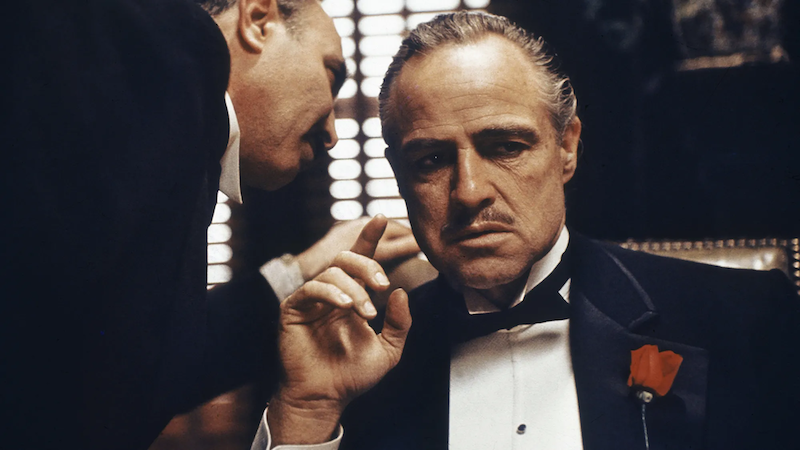|
While The ISA specialises in training Stunt Performers and Action Actors, we always recommend some general study and classes to improve the craft and learn the history, foundations and origins of the most common acting techniques. It's also why our Diploma course starts with the basics. Each has a long history and a purpose. Versatile actors will arm themselves with many different methods and techniques to ensure they can deliver the best possible performance. Acting is a form of art that has been practiced since ancient times. It involves the portrayal of characters and emotions through the use of physical and verbal expression. Over the years, various acting techniques have emerged, each with its own unique approach to the craft of acting. In this article, we will explore some of the most popular acting techniques, their origins, and the benefits and weaknesses of each.
In summary, there are several acting techniques that actors can use to create nuanced and emotionally rich performances. Each technique has its own unique approach to the craft of acting, and actors can choose the technique that best suits their style and interests. The Stanislavski Method emphasizes the use of emotional memory to create realistic and natural performances, while the Meisner Technique emphasizes listening and responding in the moment. Classical Acting focuses on the use of heightened language and physical expression to create larger-than-life characters, while the Viewpoints technique emphasizes the use of space and movement to create visually stunning and emotionally impactful performances. Finally, the Brechtian Technique emphasizes the use of distancing techniques to create thought-provoking and politically conscious performances. To learn more about these techniques, actors can study the works of influential acting teachers and practitioners, such as Konstantin Stanislavski, Sanford Meisner, and Bertolt Brecht. They can also practice the techniques through exercises and improvisation, and seek feedback and guidance from experienced actors and directors. Further reading:
Comments are closed.
|
AuthorThis blog os co-authored by The ISA Team Archives
June 2024
Categories
All
|


 RSS Feed
RSS Feed

2/1/2023